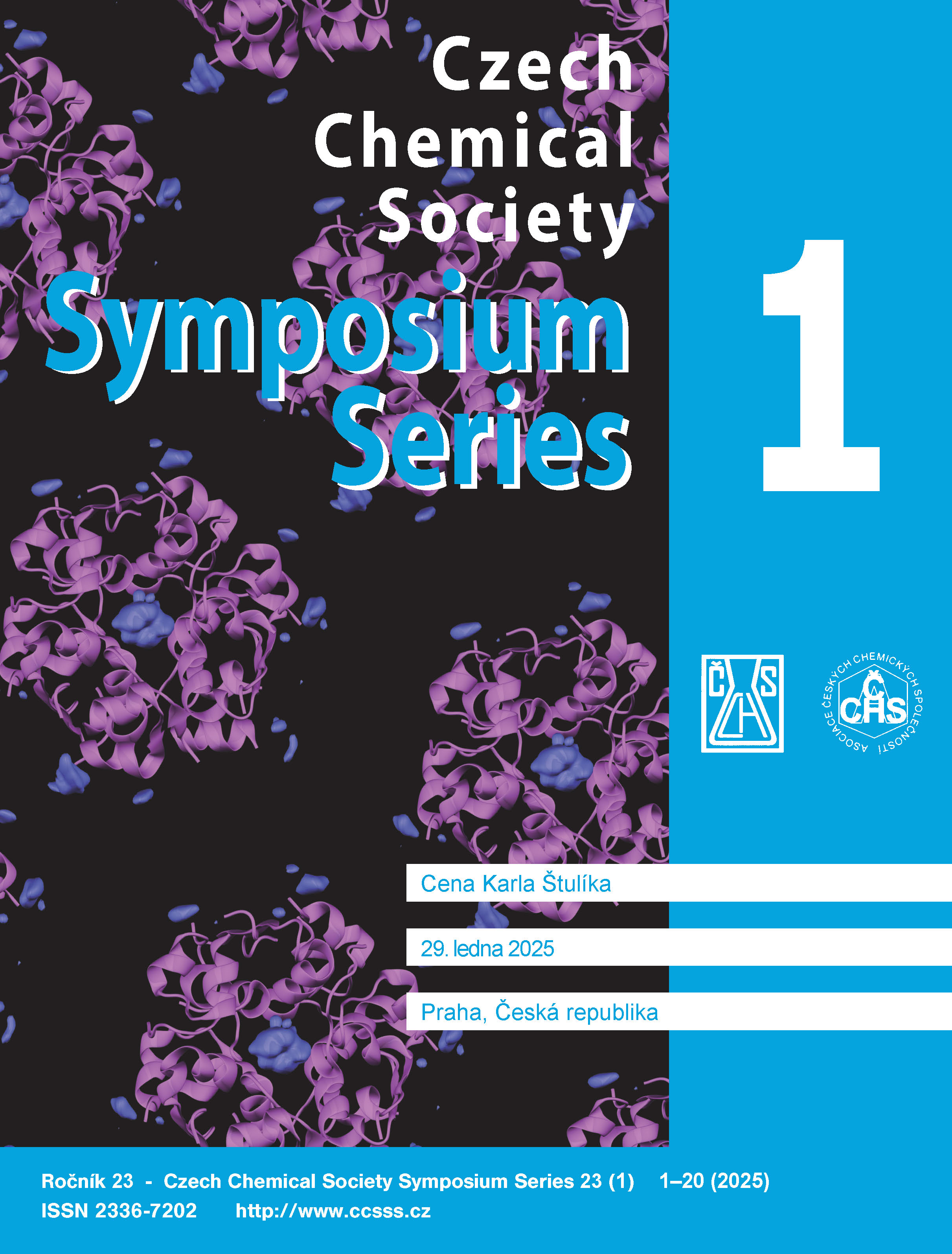Application of Batch Injection Analysis in the Electrochemical Determination of Warfarin
DOI:
https://doi.org/10.54779/ccsss20250014Keywords:
warfarin, batch injection analysis, amperometry, screen-printed carbon electrode, drug analysisAbstract
In this work, the optimum conditions for the determination of warfarin sodium (WAR) by the technique of batch injection analysis with amperometric detection (BIA‑AD) on a screen-printed carbon electrode (SPCE) were sought in order to use the method for the determination of the content of the active substance in the dosage form. Optimization of the experimental conditions was carried out in a Britton-Robinson (BR) buffer medium at pH 7.0. The optimum determination parameters were found: a detection potential of +1.0 V, a dosing volume of 60 µL, and a dosing rate of 286.3 µL s−1. The linear region of concentration dependence was determined in the range of 1.0×10−6 – 8.0×10−4 mol L−1, and the limit of detection LOD = 7.5×10−7 mol L−1 and the corresponding limit of quantification LOQ = 2.5×10−6 mol L−1 were achieved. The developed method was applied for the determination of the active substance content in Warfarin Orion 5 mg tablets and was compared with UV-VIS absorption spectrophotometry. The recovery of the developed amperometric method against the analytical reference method was determined to be 104.2%. The BIA-AD in conjunction with the SPCE was demonstrated in this work to be a rapid, efficient, simple, and inexpensive method for the determination of substances in pharmaceutical samples.




